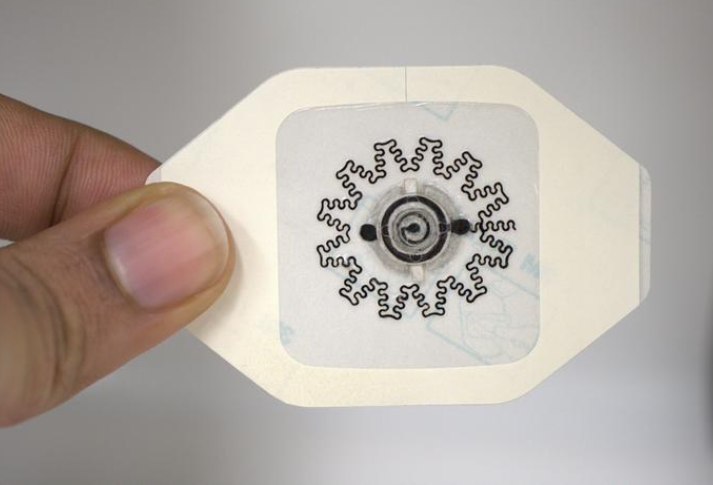Chronic wounds, which heal slowly or not at all, present a significant challenge in medical care. A team of scientists at North Carolina State University has developed a groundbreaking solution: an affordable electric bandage that accelerates the healing process of chronic wounds.
According to their research, wounds treated with this innovative bandage healed 30% faster compared to those treated with traditional methods.
The Challenge of Chronic Wound Healing

Managing chronic wounds is notoriously difficult due to the limited effectiveness and high cost of current treatment options. Chronic wounds, such as diabetic ulcers, often reopen after healing, increasing the risk of severe complications like amputation or even death.
According to Interesting Engineering, the high expense associated with treatment further complicates care for patients, creating a pressing need for more accessible and effective solutions.
"Our objective was to create a more cost-effective technology that could speed up the healing process for patients suffering from chronic wounds," explains Amay Bandodkar, co-corresponding author of the study.
The Role of Electric Fields in Healing
To address this challenge, the research team designed water-powered, electronics-free dressings (WPEDs). These innovative dressings feature electrodes on one side and a small, biocompatible battery on the other. When the bandage is applied to a wound, a drop of water activates the battery, generating an electric field that promotes healing for several hours.
The study's co-first author Rajaram Kaveti said that the electric field is important since it's well-established that electric fields can speed up the wound healing process in a human.
The electrodes in the bandage are engineered to be flexible, allowing them to conform to the uneven and deep surfaces often associated with chronic wounds. This flexibility ensures the electric field is directed from the wound's edges toward its center, where healing is most needed.
Kaveti added that the electrodes should be in contact with the center and periphery of the wound so the electric field can do its job effectively. He also noted that the adaptability of the electrodes is crucial when it comes to wounds, be it deep and asymmetrical.
Accelerated Healing and Improved Outcomes
The team tested the wound dressings on diabetic mice, a widely recognized model for studying human wound healing. The results were promising: the electric stimulation from the bandage significantly accelerated wound closure, encouraged the formation of new blood vessels, and reduced inflammation, all of which are key indicators of enhanced healing.
The study demonstrated that wounds treated with WPEDs healed approximately 30% faster than those treated with traditional bandages. This remarkable improvement offers hope for better outcomes in managing chronic wounds.
WPEDs are designed for easy application, allowing patients to move freely and carry on with their daily activities. This convenience is likely to improve patient adherence to treatment regimens, as they can receive care at home without the need for frequent clinic visits or prolonged immobility.
Since the last FDA-approved treatment for diabetic foot ulceration was developed over two decades ago, up-to-date therapeutic approaches should be made, according to Aristidis Veves, another co-author of the study who also works at Beth Israel Deaconess Center as a professor of surgery.
Looking ahead, the research team is focused on refining the technology to minimize fluctuations in the electric field and extend its duration. Additional testing is underway to bring this innovative solution closer to clinical trials and, ultimately, to practical use in patient care.
To view the study, visit the journal Science Advances.
Similarly, another group of researchers from Caltech created a smart bandage that can enhance wound treatment. At the time, the team had a goal to produce a "cyber skin" that would help wounds heal faster than usual.


![Apple Watch Series 10 [GPS 42mm]](https://d.techtimes.com/en/full/453899/apple-watch-series-10-gps-42mm.jpg?w=184&h=103&f=9fb3c2ea2db928c663d1d2eadbcb3e52)


